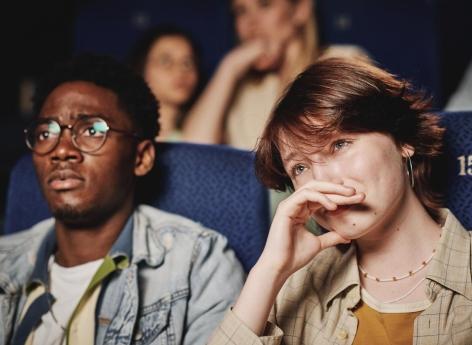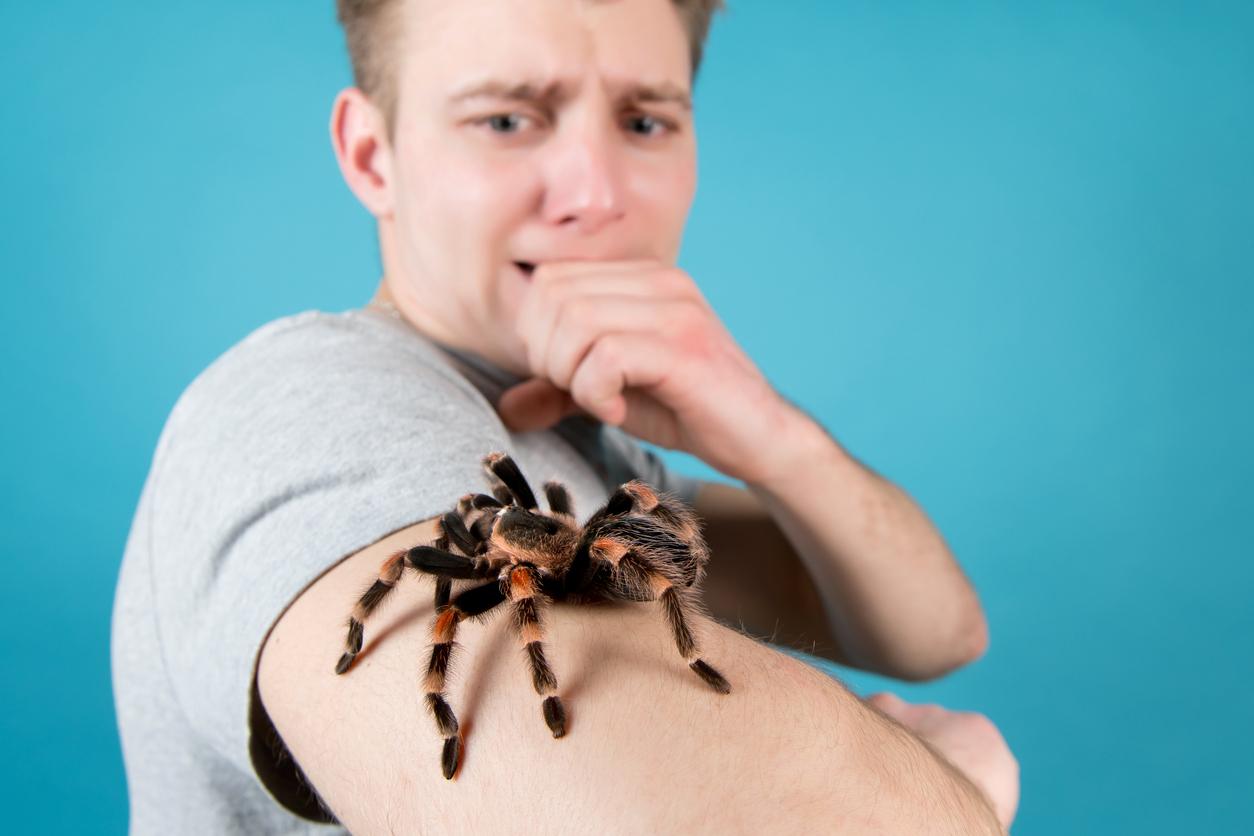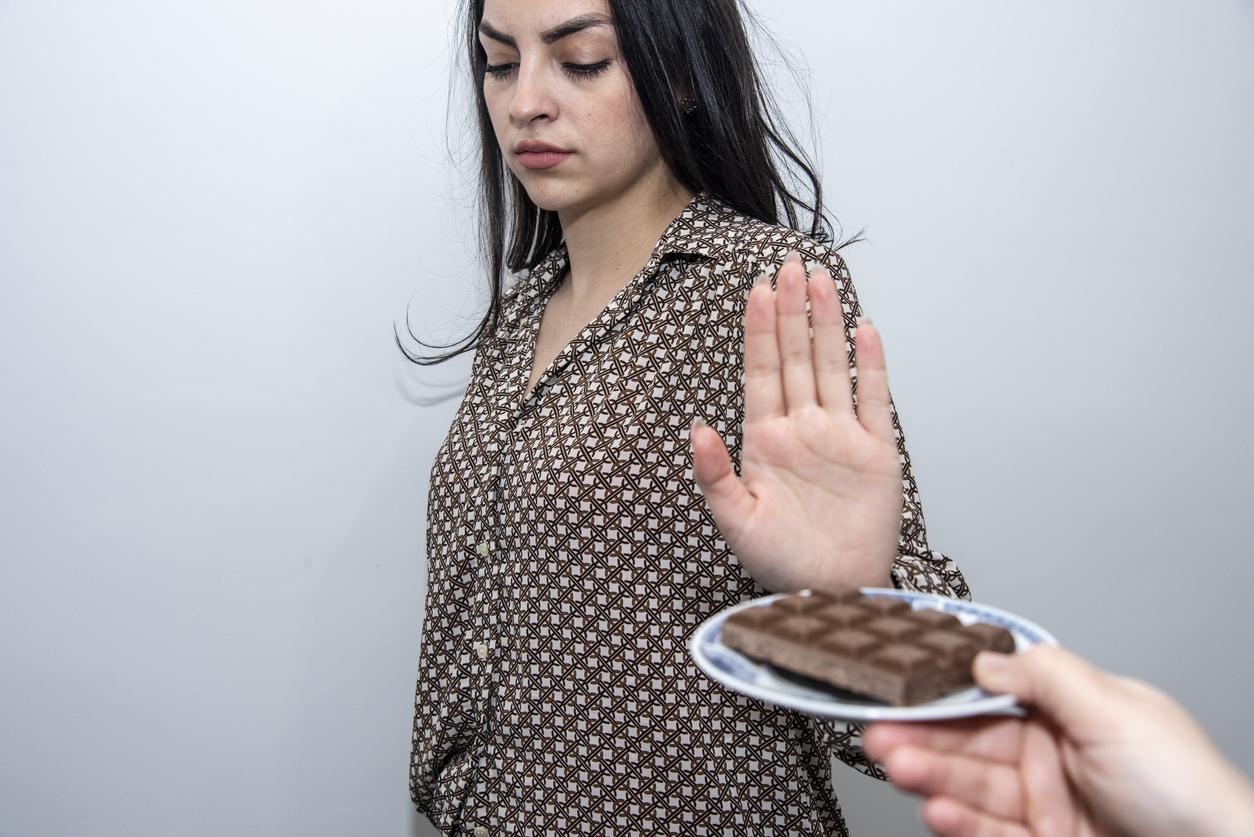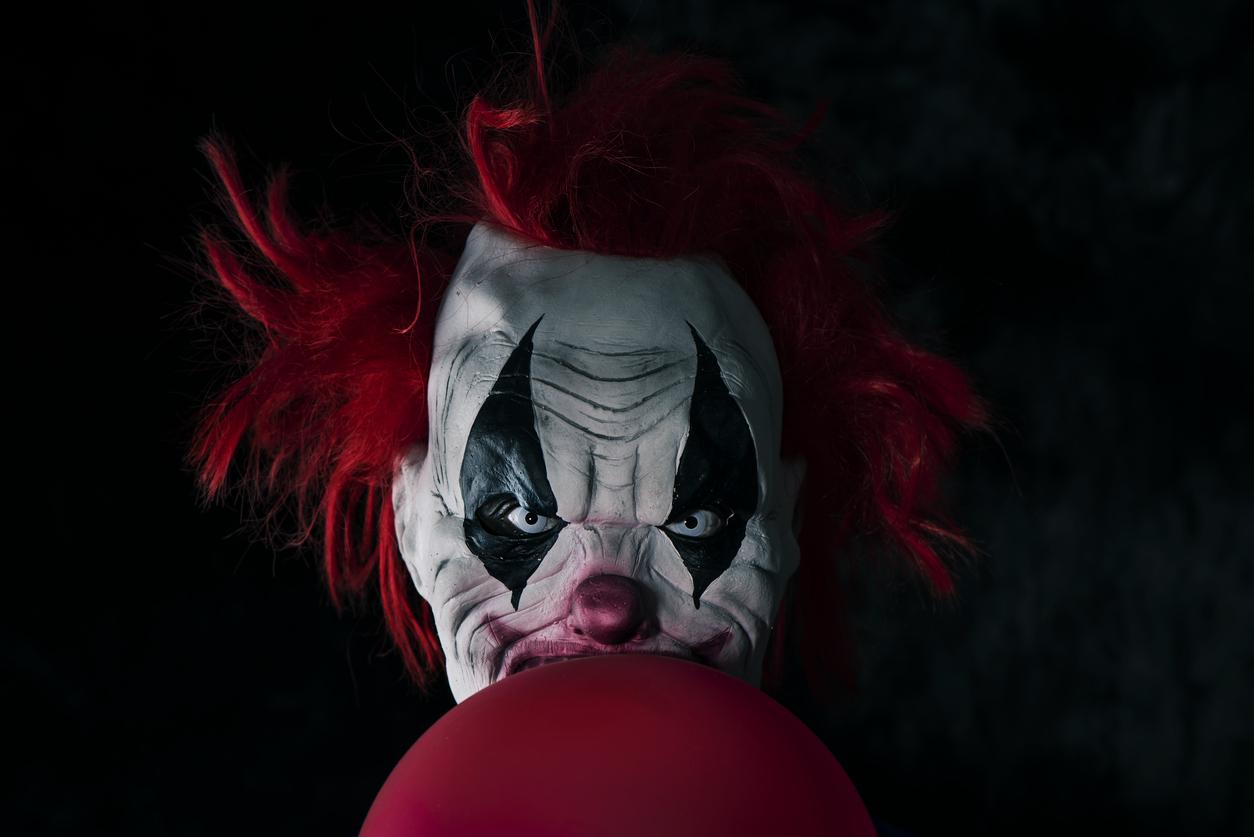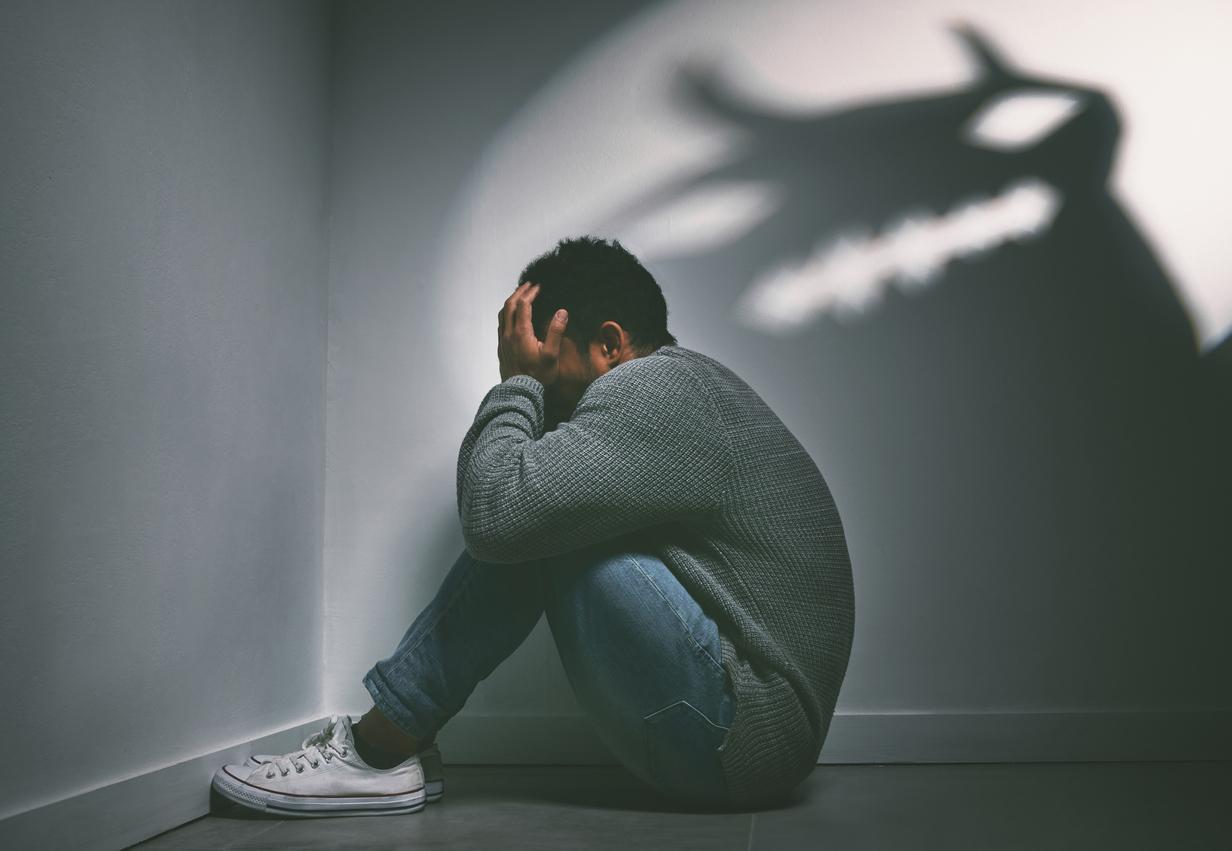Their grimaces amuse as much as they scare. The release of the film It is likely to rekindle the fear of the clown. An old phobia and not necessarily irrational.
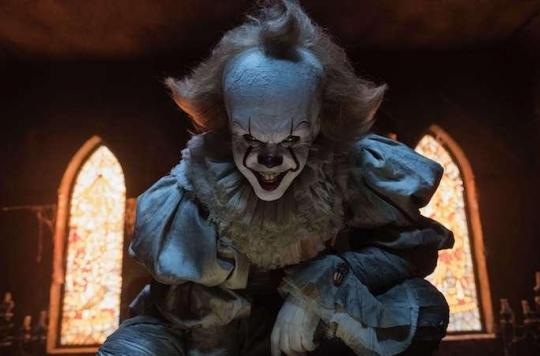
“You will also float …” It is difficult to escape the campaign to promote That, new adaptation of Stephen King’s novel. Yes, Grippe-Sou is back with his balloons, his eerie smile and his pale complexion. This September 20, the killer clown returns to dark rooms … and revives the ambient coulrophobia.
As in his first appearance in the world of fiction, Grippe-Sou is not the sympathetic clown of the circus. Squeaky and aggressive, he kills with all his might. Something to make the bravest tremble.
Excessive makeup
The monster invented by the master of horror is no exception. Literature is full of these creatures oscillating between laughter and terror. At times, reality has even surpassed fiction: in 2016, a veritable wave of aggressive clowns has distressed Americans and British alike. So much so that London police warned jokers of the legal consequences of a bad taste joke.
The more serene will have to admit it: with their broad made-up grin and their oversized eyebrows, the clowns are worrying. Even in the corridors of hospitals, where they are supposed to bring back a smile. A study conducted in the USA has shown that about 1% of hospitalized children are afraid of it.
“Make-up is often the cause of children’s fear,” explains Laughter Doctor, who became aware of the problem. It may happen that we no longer distinguish the person who embodies the clown behind his makeup. At an age when identity is built in reaction to others, this concealment is worrying.
An ancient fear
But coulrophobia affects young people as much as adults. Two Dutch researchers even pleaded for real consideration of this anxiety, last february. Describing this phobia as “irrational” poses two problems for them: in addition to denying the possibility of meeting an aggressive clown, this definition stigmatizes patients, potentially preventing them from talking about it without taboos.
To remain silent would be all the more unfortunate that coulrophobia is old. If Stephen King popularized this term, we find traces of it at the time of another famous writer… Charles Dickens. In the Memoirs of Joseph Grimaldi, the English author describes the setbacks of a depressed and alcoholic clown.
Deep springs
The sad story of this mime may well have laid the foundation for the phobia. Fueled, thereafter, by the various facts and fictitious stories as chilling as each other. John Wayne Gacy, behind 33 murders, was a professional clown.
This concern would also have deeper psychological springs. “When we fail to decode a person’s face, we perceive them as threatening”, explains psychiatrist Antoine Pelissolo to Release. A theory confirmed by a study conducted in the United States.
If the phenomenon is taking off so well at the present time, it is undoubtedly because the clown sends back an unpleasant image of our society, complete Psychologies. Playing on appearances is at the heart of the character’s job… but it is also a strategy often used on social networks or in the workplace.
.







